Welcome to the wonderful world of wavetable synthesis.
As a music producer, you’re probably constantly searching for new ways to create captivating, unique, and innovative sounds for your projects.
Well, you’ve come to the right place.
If you haven’t already explored wavetable synthesis (or even if you have), you’re in for an exciting journey that will expand your sonic palette and elevate your skills.
In today’s article, you’ll discover:
- What wavetable synthesis is & how it works ✓
- The 5 best wavetable synths of 2023 ✓
- Sound design tips & tricks using wavetable synthesis ✓
- How to create your own custom wavetables✓
- Advanced techniques to enhance your skills ✓
By the end of this article, you’ll have a solid understanding of this powerful synthesis method.
Plus, be inspired to create your own signature sounds using wavetable synthesis.
Let’s dive in…
Table of Contents
Wavetable Synthesis: The History
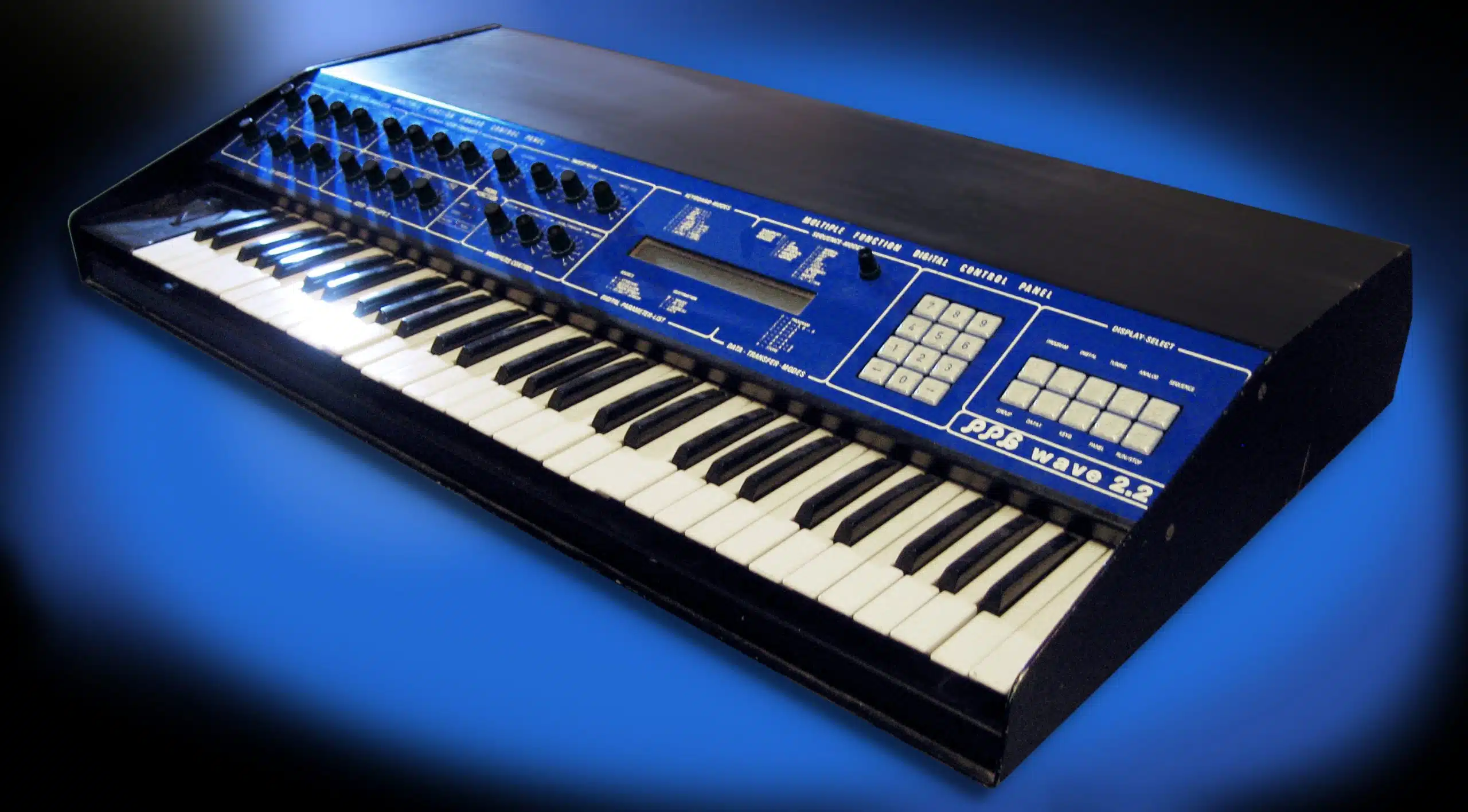
Wavetable synthesis has its roots in the genius mind of my dear friend Wolfgang Palm.
In the late 1970s, he developed the revolutionary PPG Wave, a digital synthesizer that used wavetable synthesis to create a wide array of rich and dynamic sounds.
This groundbreaking invention paved the way for many vintage synths that followed and shaped the landscape of modern music production.
This was not just a revolutionary new synth but an entirely new synthesis method with the birth of wavetables.
For the first time, we were able to go from subtractive synthesis and static single-cycle basic waveforms to evolving waveforms and sample timbres (from just about anything).
Mind you, this was before sampling and samplers were even a thing, so this was an entire movement.
As digital technology continued to evolve, wavetable synthesis became more sophisticated and accessible to a broader range of producers.
From iconic bands like Depeche Mode to contemporary electronic music artists, the influence of wavetable synthesis can be heard in countless genres, sub-genres, and styles.
Nowadays, it’s an essential tool for any serious sound designer and producer.
What Is Wavetable Synthesis?
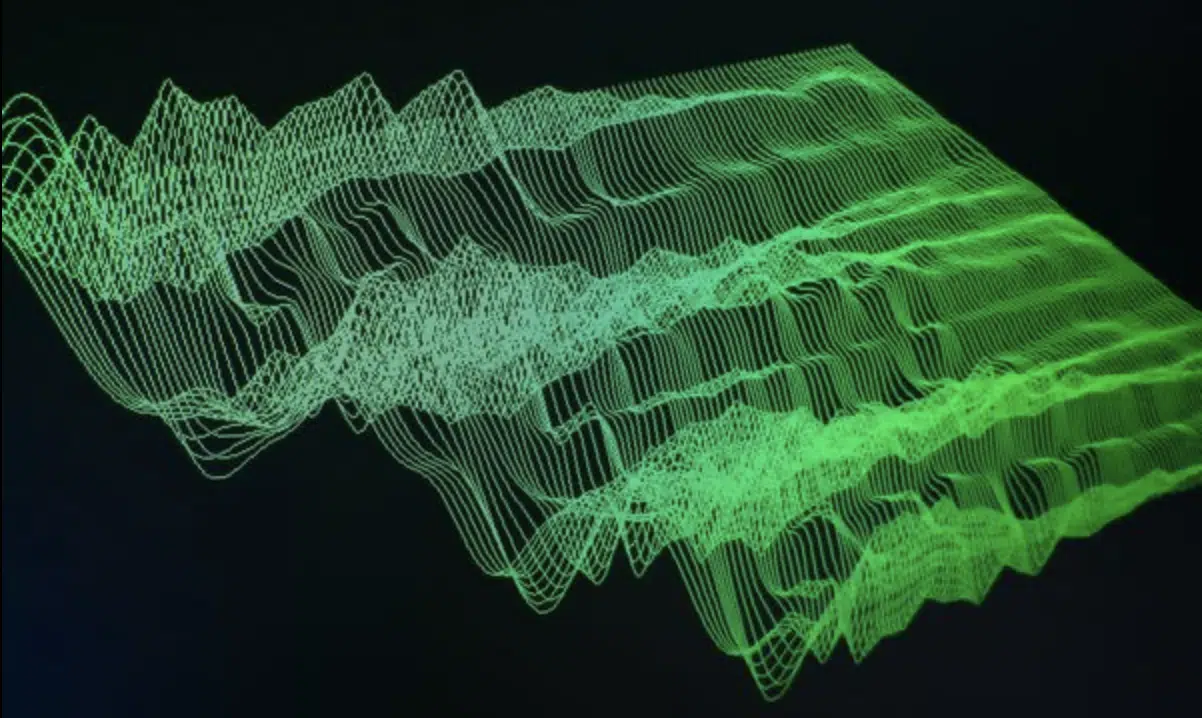
Wavetable synthesis is a form of digital sound synthesis that uses, blends, and combines a series of single-cycle waveforms to generate complex, evolving sounds.
It’s different from subtractive, additive, and sample-based synthesis methods in that it relies on a collection of waveforms, or “wavetables,” that can be smoothly morphed and manipulated to create unique music.
It can even be created and taken from audio material by sampling the audio content’s timbre, while completely ignoring pitch information.
Speaking of sampling, if you’re interested in the absolute hottest free sample packs of 2023, we’ve got you covered.
At the core of wavetable synthesis is the concept of moving, modulating, and manipulating the wavetable position in a variety of ways.
Each wavetable consists of multiple waveforms and the wavetable position determines which waveform is being used at any given time.
By modulating the wavetable position, you can seamlessly morph between different waveforms and create dynamic, smooth, or even rhythmic changes in the timbre produced.
Any given wavetable synthesis owes much of its versatility to the included modulation options, features, oscillator quality, and wavetable playback.
- Low-frequency oscillators (LFOs) 一 Used to modulate various parameters of a synth, such as pitch, filter cutoff, or amplitude, to create movement and rhythm in the sound.
- Envelopes 一 Can perform the same duties, however, it operates slightly differently, as it determines how a recorded sound evolves over time. This is done through envelope stages, such as attack, decay, sustain, and release.
By using LFOs, envelopes, and other modulation sources, you can bring your wavetables to life and create evolving, expressive sounds.
Additionally, combining multiple wavetable oscillators with different waveforms and modulation settings can lead to incredibly rich and complex soundscapes.
These same modulators and envelopes can also be applied to any other destination (e.g., filters and effects) for ultimate movement.
Sound Design Tips & Tricks with Wavetable Synthesis
To further enhance your sound design skills using wavetable synthesis, consider the following tips & techniques:
Layering Wavetable Oscillators
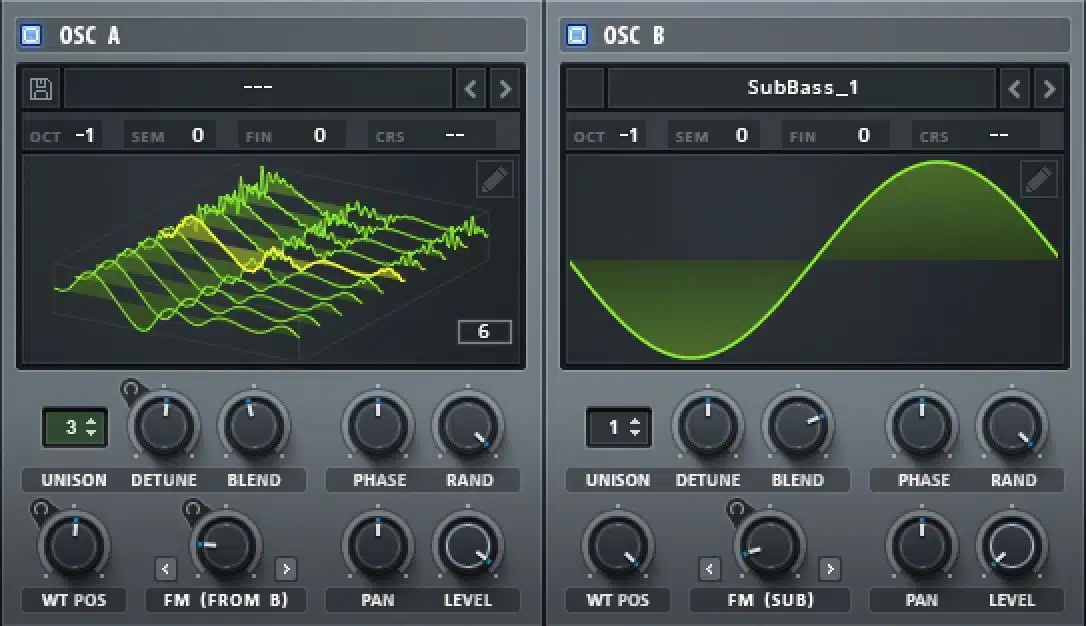
Layering multiple wavetable oscillators can lead to richer and more complex sounds.
By combining different wavetables and adjusting their relative levels, you can create new textures and timbres that may not be achievable with a single wavetable oscillator.
Using Multiple Modulation Sources
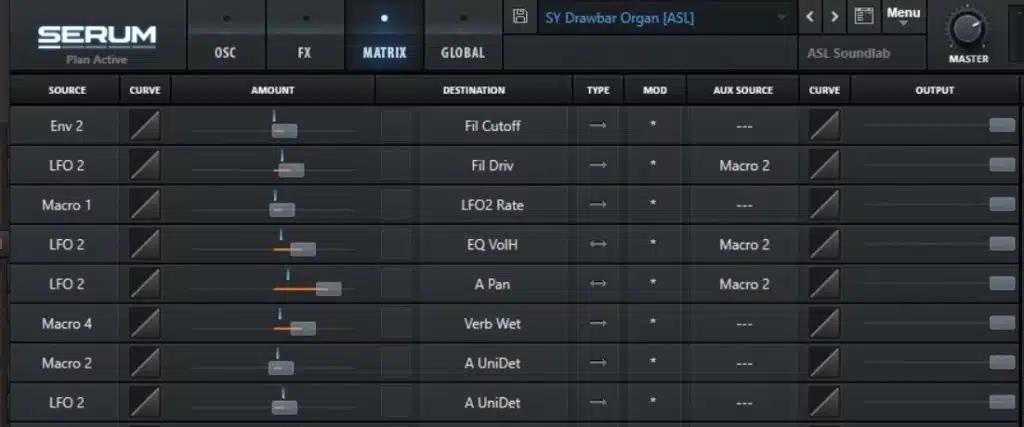
To create more dynamic and expressive sounds, experiment with applying an additional modulator to an existing modulation source controlling one or multiple parameters within your wavetable synthesizer.
Essentially, you’ll be using one modulator to modulate or “scale” the other.
In a synth like Serum, this is known as the Aux Source.
As shown in the Matrix above, Macro 2 is being used to determine the level at which the LFO is modulating those sources and can be moved in real-time or added as automation 一 varying the LFO intensity over time or rhythmically.
You can even assign it to another modulator, as you can modulate the macro with anything in Serum.
These multiple mod sources combine by either adding or multiplying (depending on the synth or enabled option) the values of one another.
This allows you to create complex modulators not possible using simple modulation.
For example, you could use an LFO to modulate wavetable position while simultaneously using an envelope to modulate its depth over time.
This causes the LFO’s effect to fade in/out every time you trigger the synth.
Combining multiple modulation sources can lead to intricate and evolving sounds.
One fascinating way can also include taking a typical LFO and modulating it with a slow square wave.
This will work as an on/off switch and allow the LFO to start/stop, and by syncing the BPM, it can work rhythmically.
Experiment With Different Filter Types & Routing
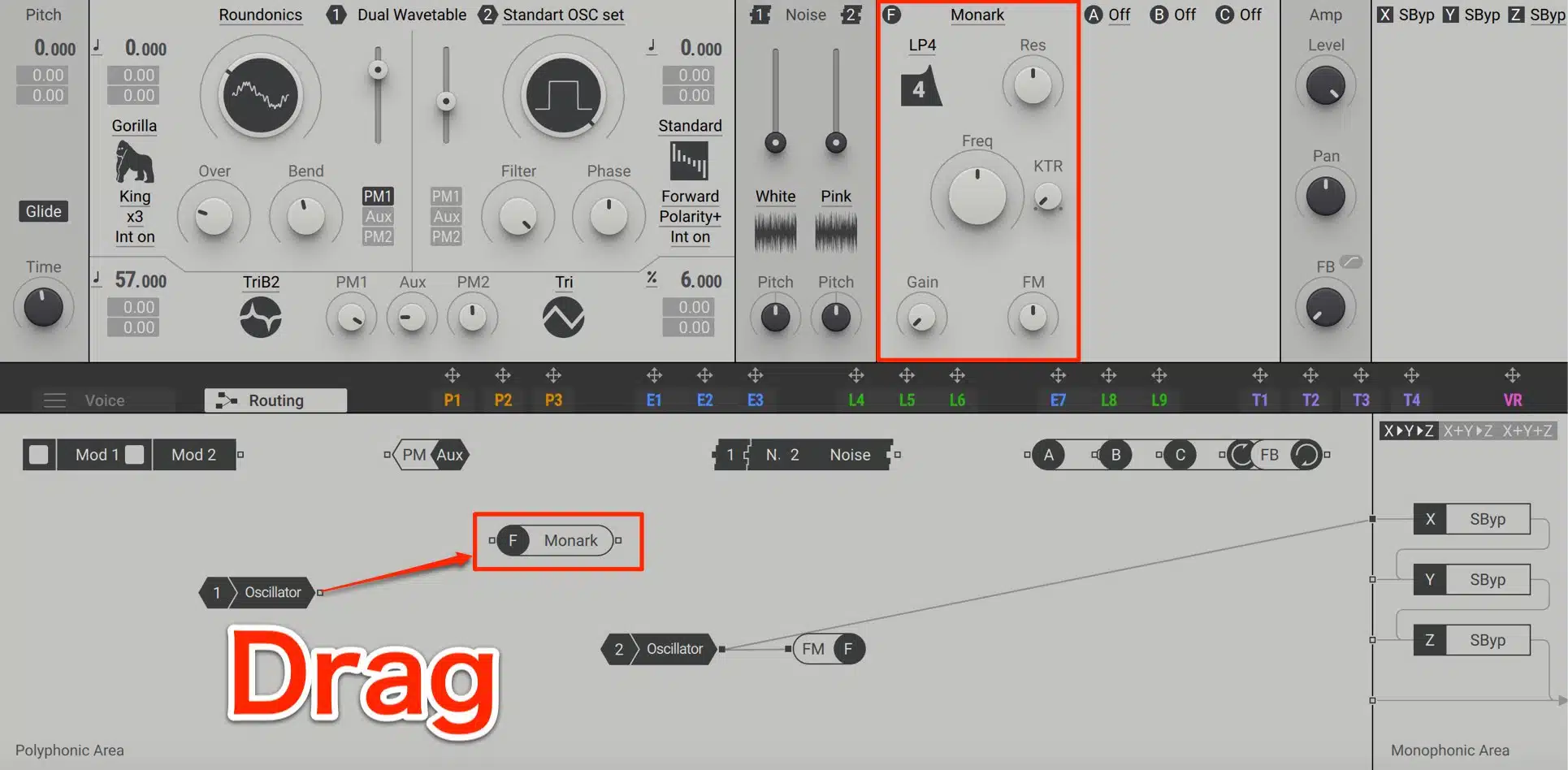
Many wavetable synthesizers offer a variety of filter types and routing options.
Don’t be afraid to explore different filter configurations, as this can significantly impact the overall character of your sound.
For example, try using a high-pass filter to add brightness and airiness to a pad sound.
Then, feed it into a band-pass filter that’s cutoff is being modulated to create a moving/resonant lead that sounds like much more than just 1 synth.
You can even feed individual oscillators into each one and make it so it’s like using 2 separate synths with the ability to combine forces.
Explore Wavetable Synthesis for Non-Melodic Sounds
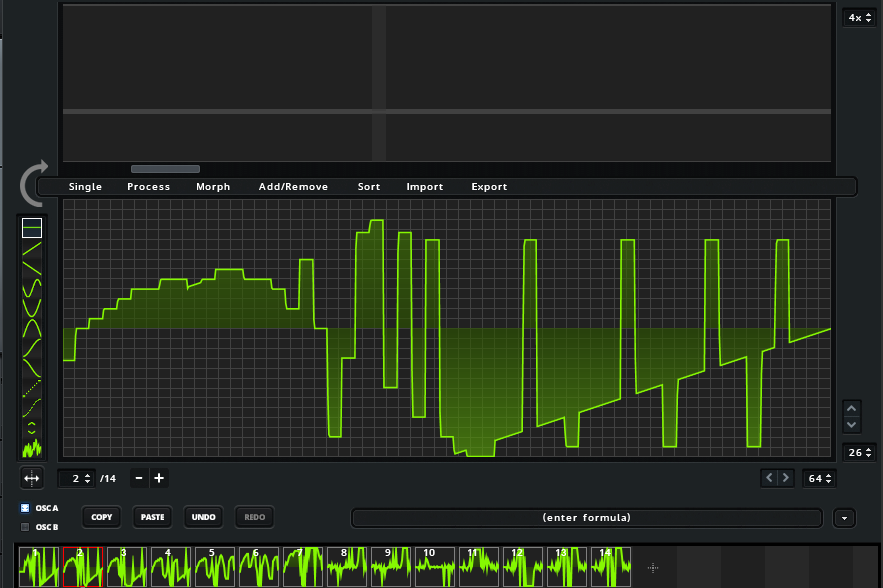
WT synthesis is often associated with melodic sounds like leads and pads.
However, it can also be an excellent tool for creating non-melodic or dissonant sounds (like percussion, sound effects, and textures).
Play around with WT synthesis to design unique and engaging non-melodic sounds for your music projects.
Try creating a wavetable from a foley or melodic sample.
Or even feed in some vinyl noise in order to create something truly unique and rare, yet nostalgic.
Use Resampling Techniques
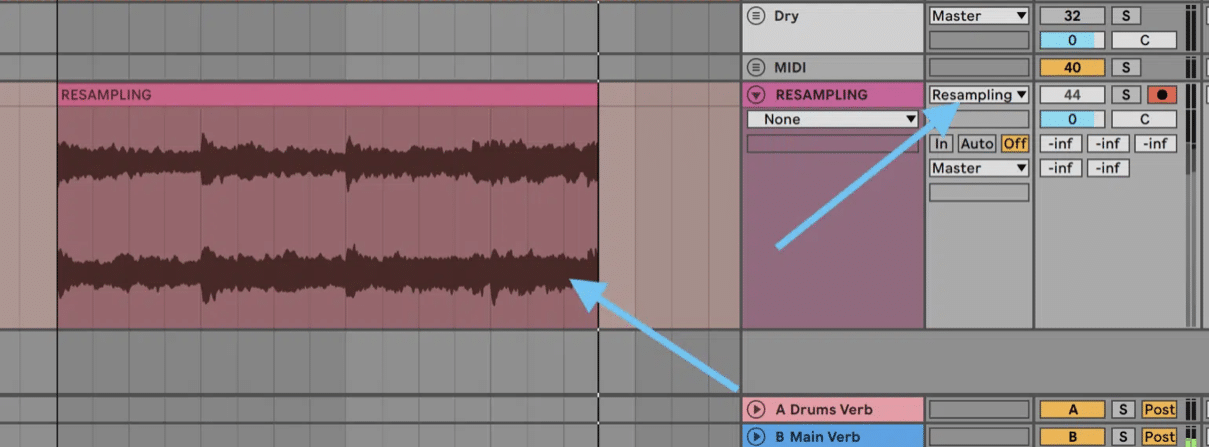
Resampling involves recording the output of a wavetable synthesizer and importing the recorded audio back into the synthesizer as a new wavetable or sample.
This technique allows you to create complex and evolving sounds that can be further processed and manipulated.
It creates rich, sonic results otherwise impossible with other techniques.
Create Rhythmic & Melodic Patterns With Modulation
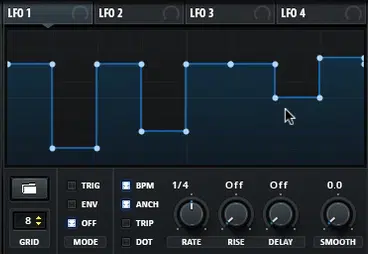
Modulation can be used to create rhythmic and melodic patterns within your wavetable patches.
For example, you could use an LFO or envelope to control wavetable position in a rhythmic pattern or use a step sequencer to create a melodic sequence by modulating pitch or wavetable position.
Experimenting with different modulation sources and their rates can lead to unique and engaging rhythmic and melodic patterns within your wavetable patches.
In fact, for synths such as Serum (that doesn’t have a step sequencer), you can input notes and hold down “shift” to create step-like sequences with ease.
Utilize Effects & Post-Processing
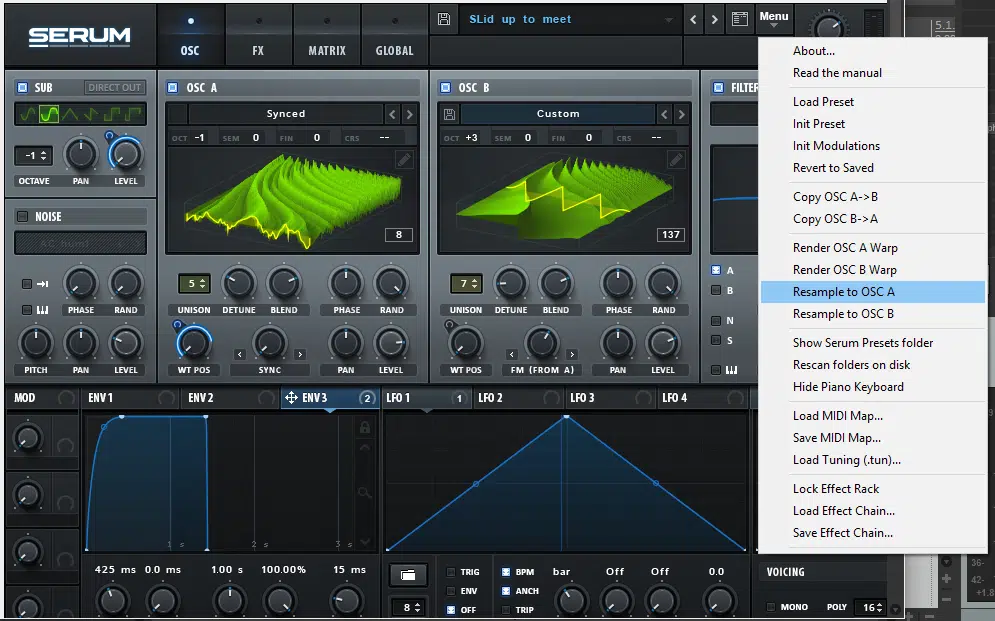
Incorporating effects and post-processing techniques can greatly enhance your wavetable sounds.
Play around with using effects like distortion, delay, reverb, and chorus to add depth, character, and interest to your patches.
Speaking of reverb, if you need the absolute best reverb plugins in the game, we’ve got your back.
Additionally, you can use post-processing techniques like EQ, compression, and spatial processing to further shape and polish your wavetable sounds, making them sit better in the mix.
We also got you covered with the best compressor plugins of 2023 as well.
In Serum, try adding some effects to a simple, single-cycle waveform and resample the results using the “Resample to OSC” option (shown above).
By exploring these additional sound design techniques and approaches, you can further unlock the vast creative potential of wavetable synthesis.
Creating Your Own Custom Wavetables
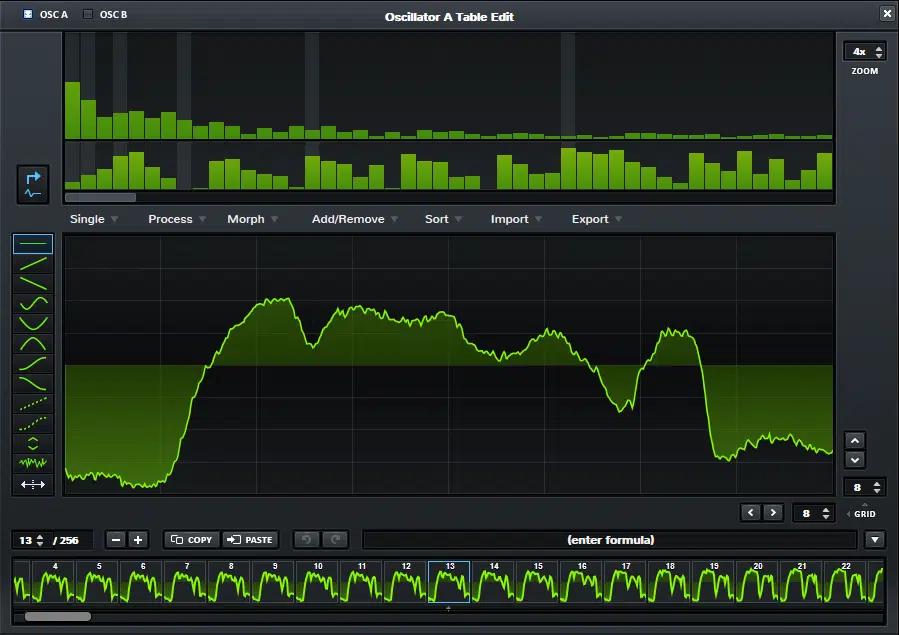
One of the most powerful aspects of wavetable synthesis is the ability to create your own custom wavetables.
By designing your wavetables, you can craft truly unique and personal sounds that stand out.
Not just from the presets and libraries, but the source material that these presets and libraries are designed from.
Many wavetable synthesizers offer wavetable editors that allow you to import your own audio, draw waveforms manually, or modify existing wavetables.
As well as edit and import a series of single-cycle waves from multiple sources.
Here are some tips to create your own custom wavetables like an absolute boss:
-
Start With Basic Waveforms
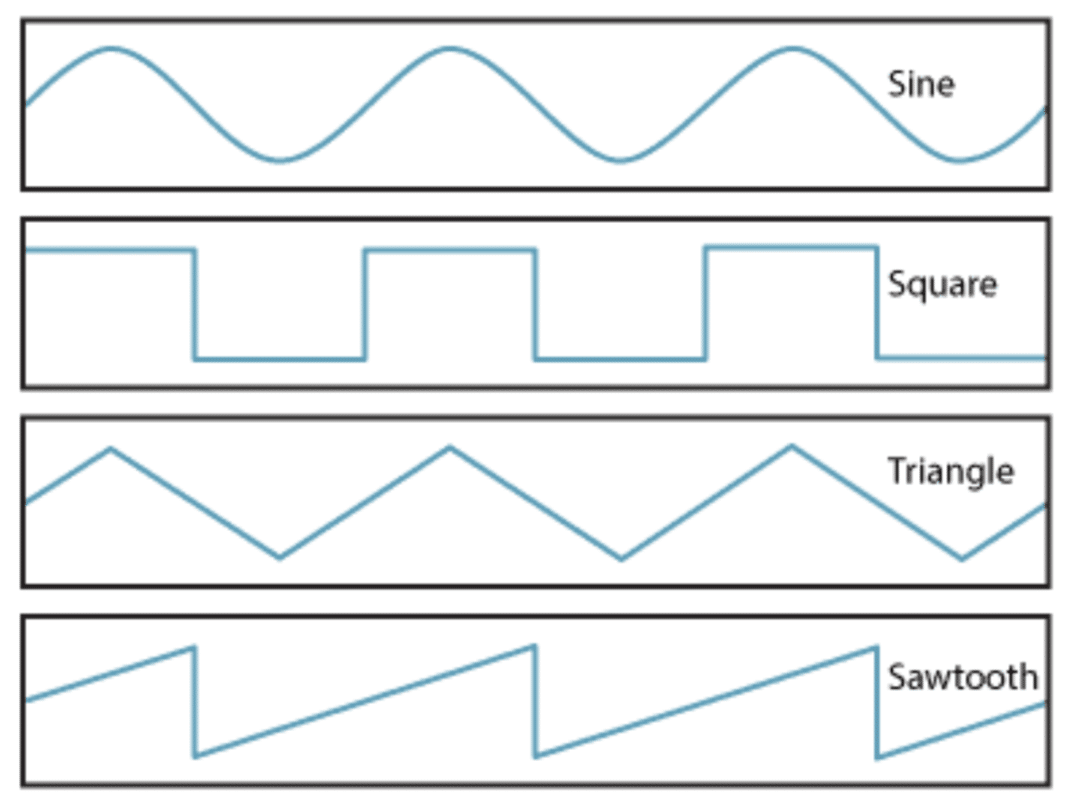
Begin with basic waveforms, like sine, square, and sawtooth waves, and gradually modify and morph them into more complex shapes.
This will help you understand the fundamentals of wavetable synthesis and how different waveforms interact with each other.
Keep in mind that, when you’re creating wavetables, you generally want them to start with less harmonic content and have it build over time.
This is done to achieve an optimized modulation design of the wavetable position.
-
Experiment With Harmonic Content
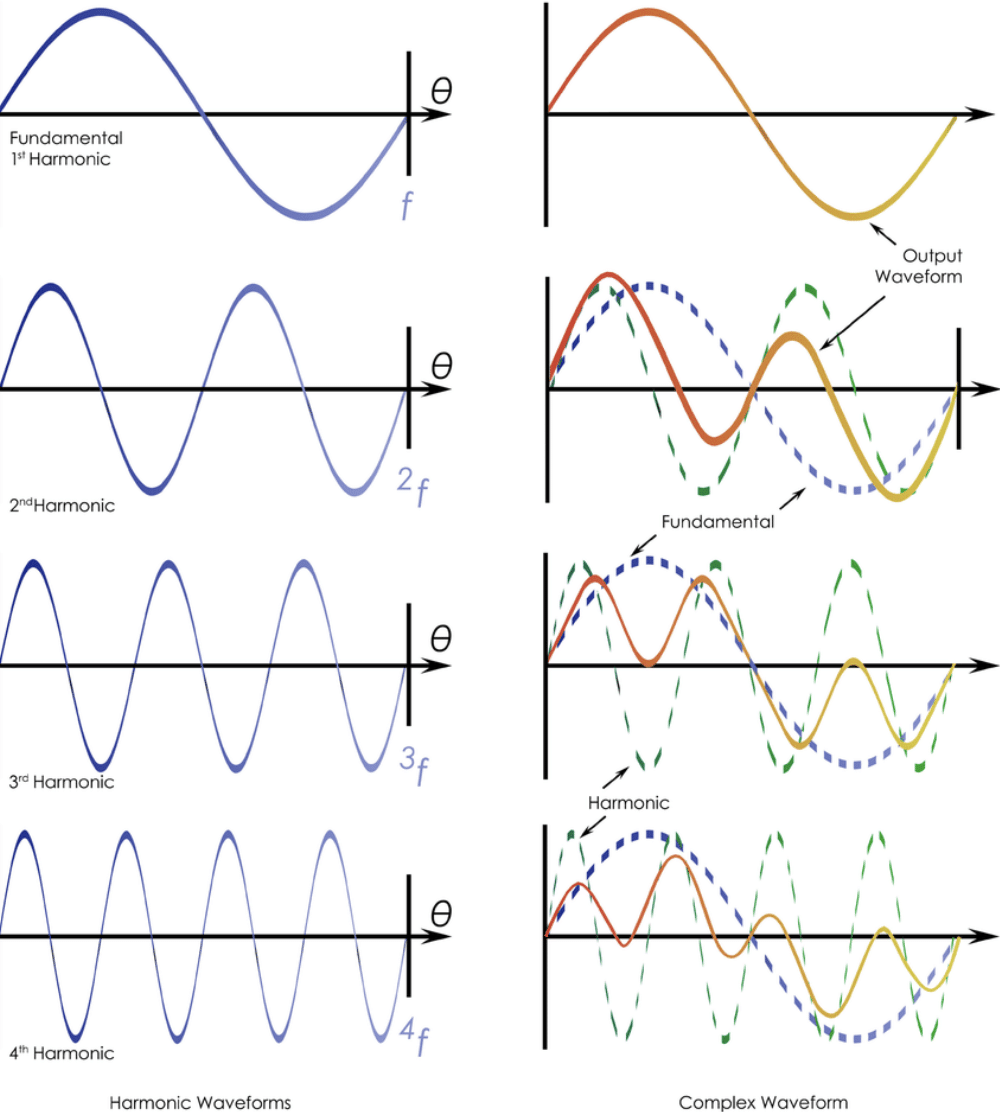
The harmonic content of a waveform is a critical aspect of its overall sound.
Try altering the balance of harmonics in your waveforms to create new and interesting timbres.
-
Morph Between Waveforms
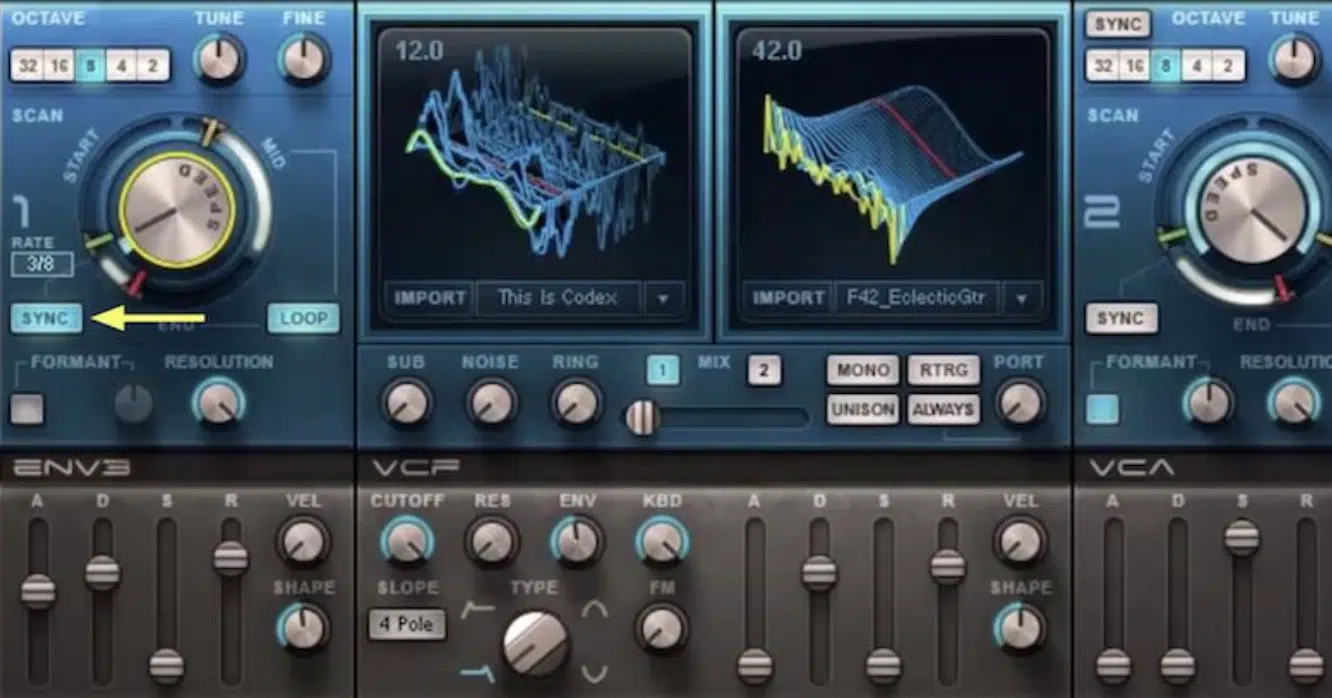
One of the defining features of wavetable synthesis is the ability to morph between different waveforms smoothly.
When designing custom wavetables, ensure that your waveforms blend well together, creating smooth and natural transitions.
Usually, the best methods are spectral transition, morphing, and blending options.
-
Import Your Own Audio
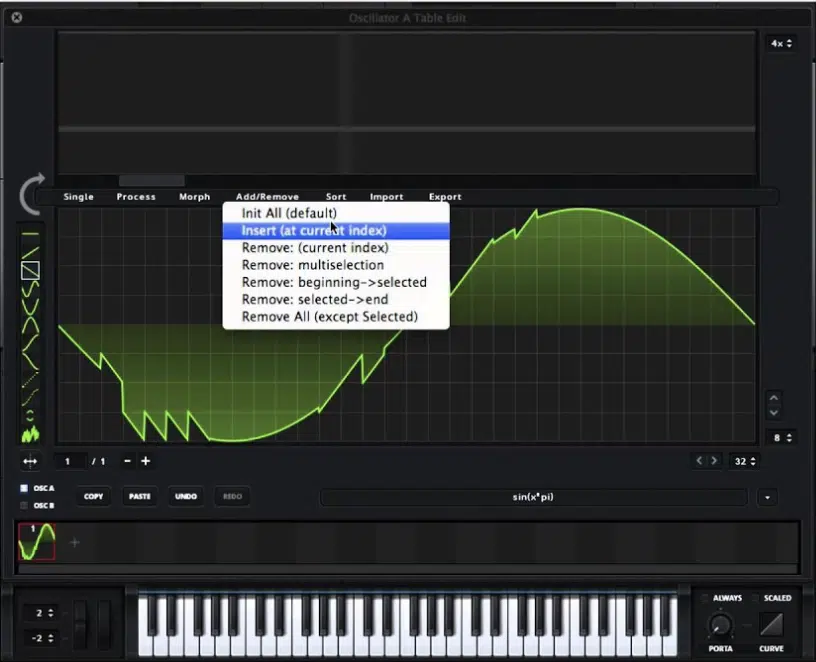
Many wavetable editors allow you to import your own audio samples and extract single-cycle waveforms from them.
This can be an excellent way to create unique and personal wavetables based on your own recordings from your home studio or samples.
Be sure to import relatively short samples that don’t vary much in pitch, such as one-shots.
If you’re looking for the hands-down best pitch shifter plugins of 2023, we have all the details (plus, they’re free!).
Wavetable Synthesis: 5 Advanced Techniques
Now let’s dive into some more advanced wavetable synthesis techniques.
1. Modulate Multiple Parameters Simultaneously
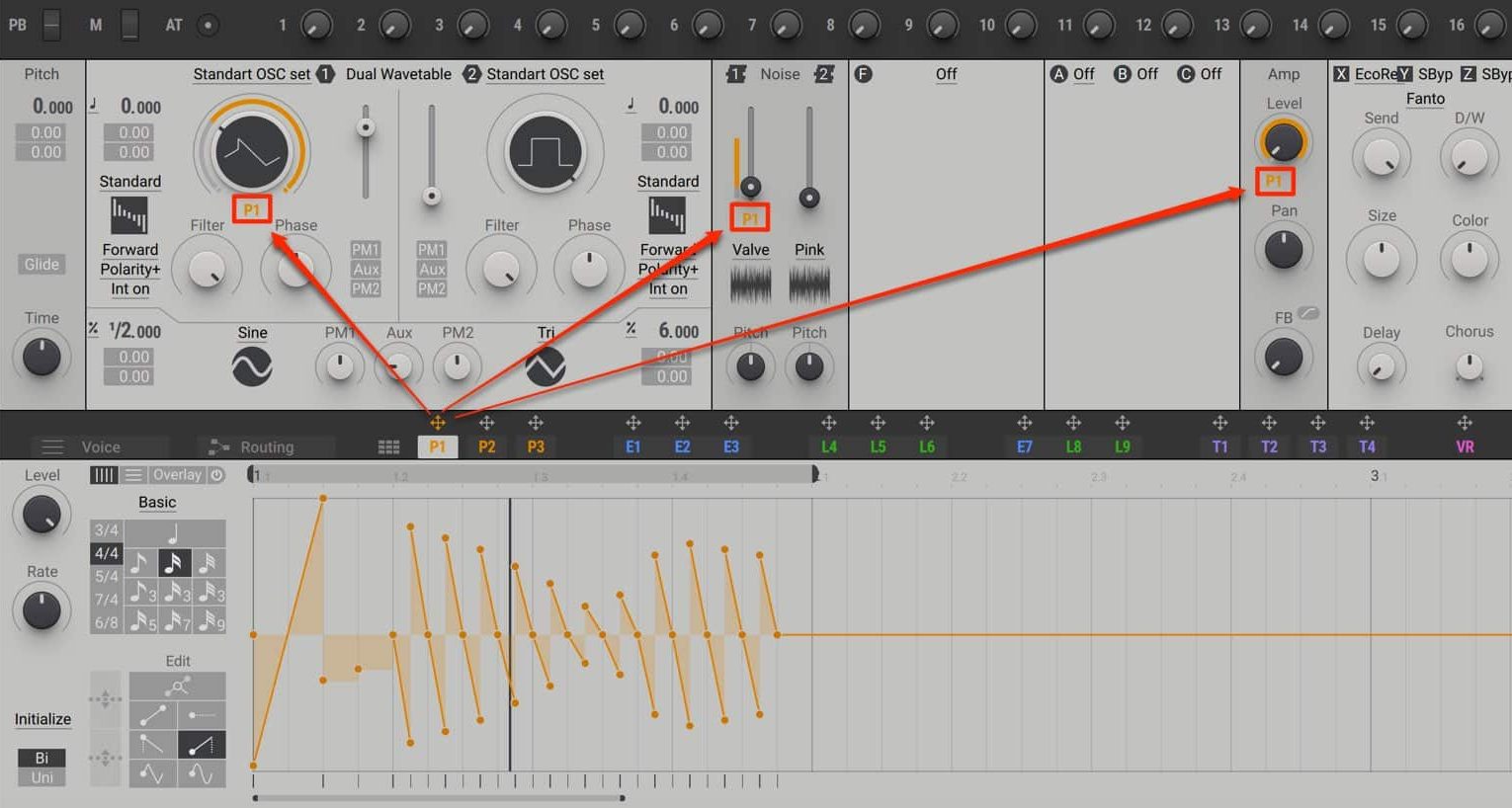
To create truly dynamic and expressive sounds, try modulating multiple parameters at once.
This can result in intricate and evolving textures that bring your sounds to life.
2. Utilize Key Tracking
![]()
Key tracking allows you to modulate a parameter based on the pitch of the played note.
This can be particularly useful for creating realistic or expressive sounds, as certain parameters may change depending on the register of the instruments.
For example, you can use key tracking to control filter cutoff, so that higher notes have a brighter tone and lower notes have a darker tone.
3. Implement Unison & Detuning
To add depth and richness to your sounds, try using unison and detuning features available in many wavetable synthesizers.
- Unison 一 Creates multiple voices for each wavetable oscillator.
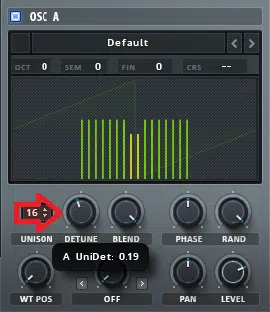
- Detuning 一 Spreads the pitch of these voices slightly apart.
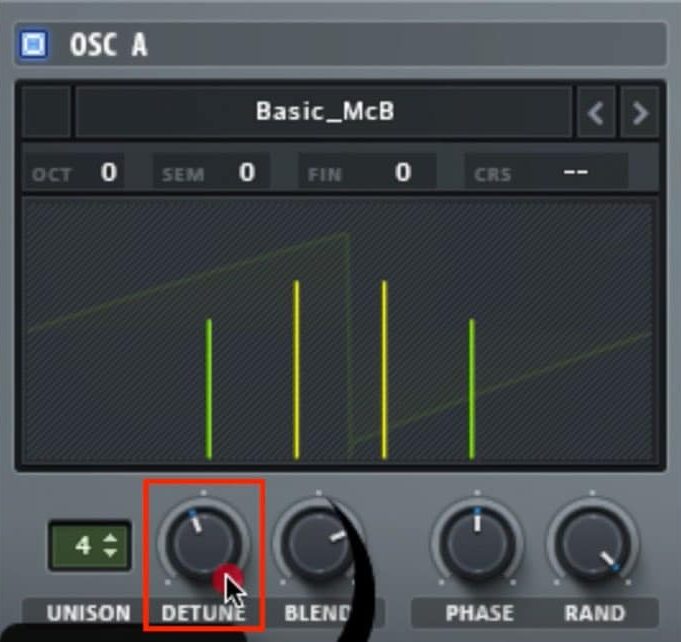
This can result in a lush, chorus-like effect that is perfect for creating wide, spacious sounds.
4. Combining Wavetable Synthesis With Other Synthesis Techniques
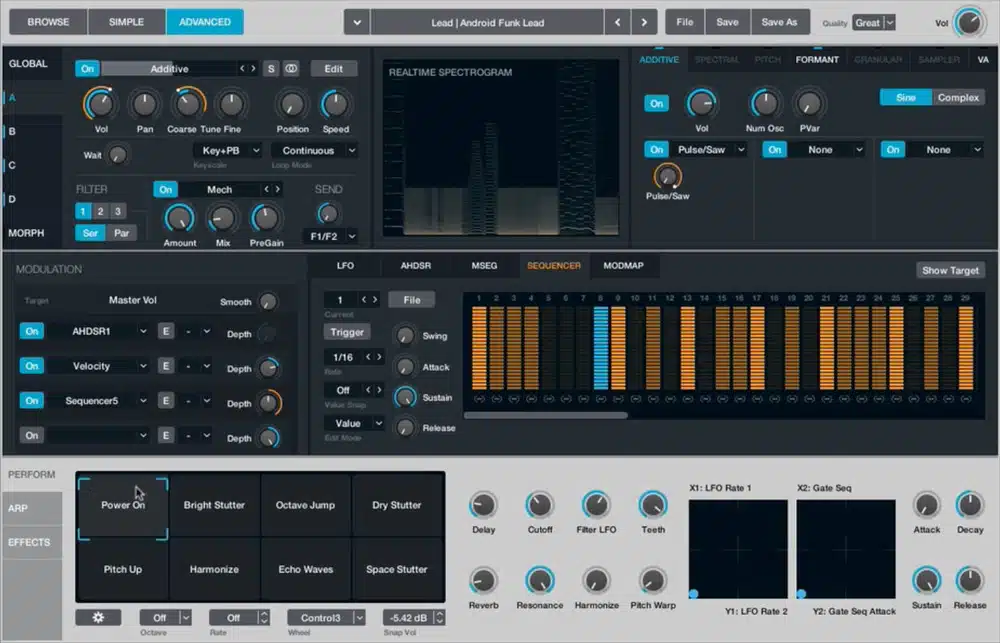
As mentioned earlier, combining WT with other synthesis techniques (such as additive, subtractive synthesis, FM synthesis, or frequency modulation) can lead to even more complex and unique sounds.
Play around with using wavetable oscillators alongside other synthesis methods to create hybrid patches that take advantage of the strengths of each approach.
5. Utilize Custom LFO Shapes & Envelope Curves
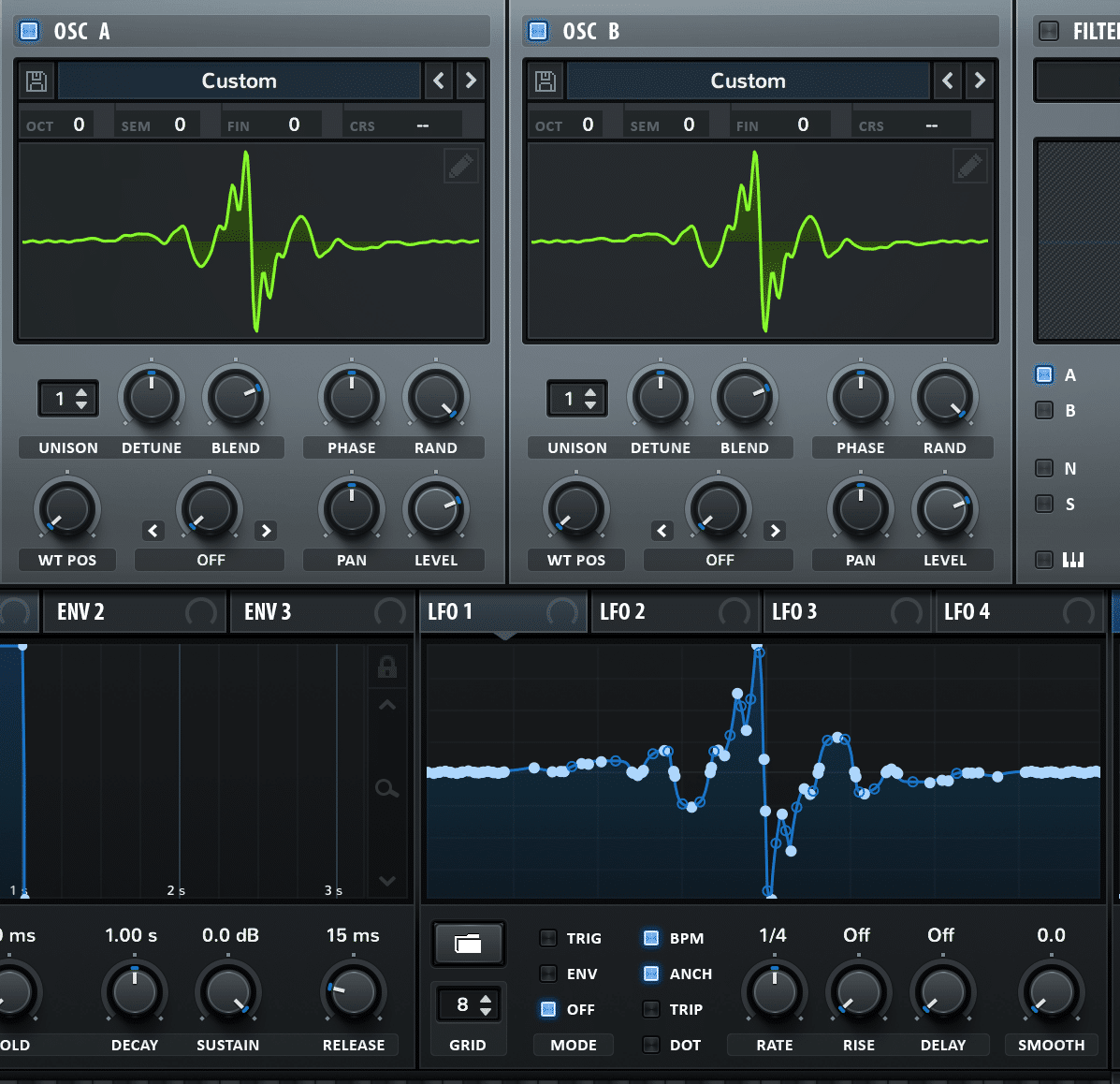
Many wavetable synthesizers allow you to create custom LFO shapes and envelope curves, providing a higher level of control over your modulation.
By designing unique modulation patterns, you can create more intricate and personalized sounds that respond in intriguing ways to your playing.
In some synths, such as Serum, you can even use wave shapes within the wavetable as an LFO shape.
This is done by holding down a modifier (control/command) and dragging the shape from the WT Editor screen to the LFO section, allowing for rare modulations.
Side note, since we’re talking about patterns, if you’re interested in the dopest hip hop drum patterns on the planet, we’ve got you covered.
The 5 Best Wavetable Synths of 2023
Now that you’re aware of what exactly wavetable synthesis is, let’s jump into the fun stuff: the best wavetable synths of 2023.
#1. Serum by Xfer Records
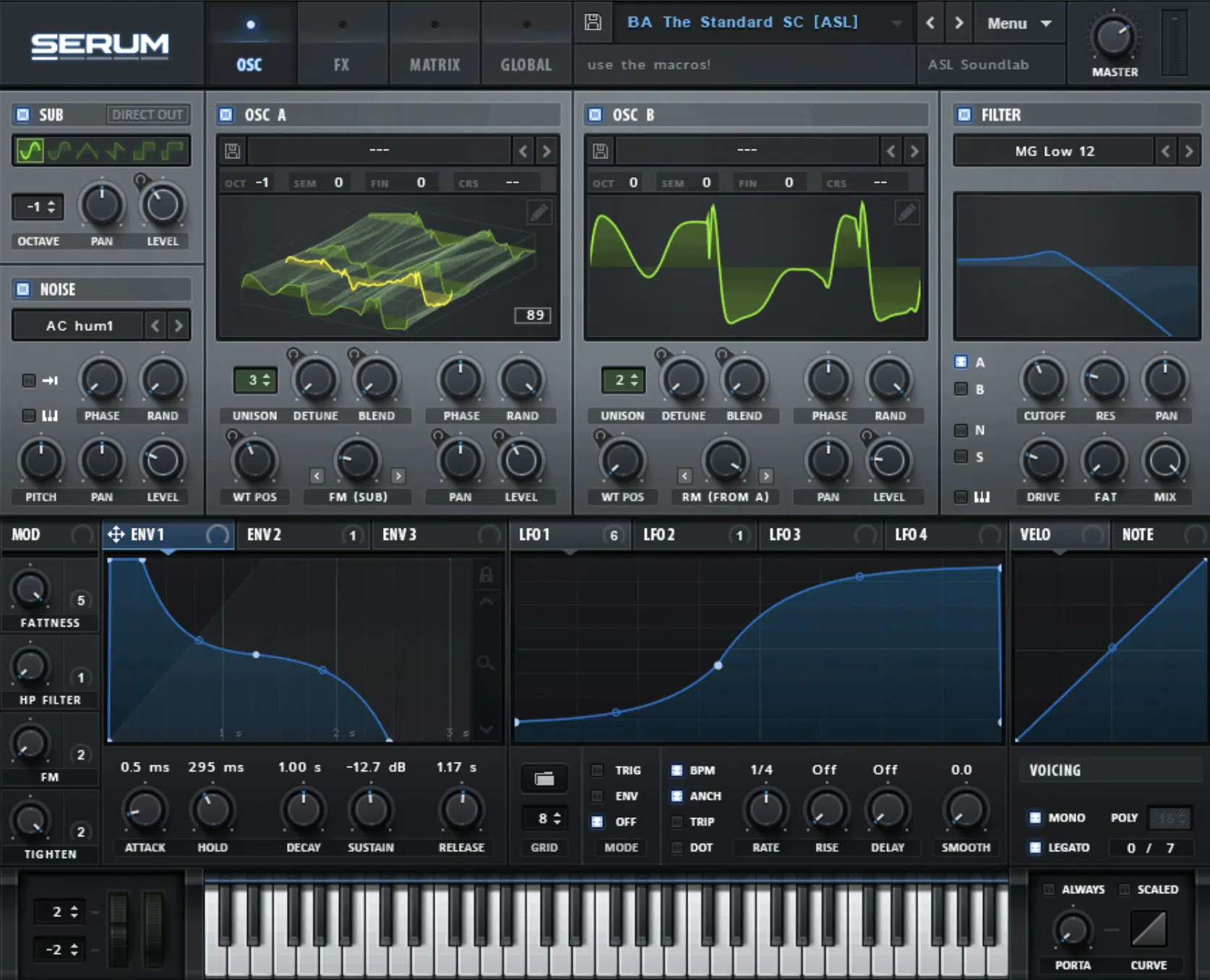
A modern classic, Serum is a go-to wavetable synth for countless producers (including myself).
It offers a visually intuitive interface, a vast array of wavetables, and powerful modulation options, making it perfect for any genre of electronic music.
Serum’s advanced wavetable editor allows you to import your own audio to create custom wavetables and modify existing ones.
Or, even draw in and create your very own wavetables, as it offers extremely advanced tools that provide endless sound design possibilities.
Serum also boasts a built-in FX rack, which allows for intricate modulation of every FX parameter imaginable.
This includes high-quality effects like reverb, delay, and distortion, which can be used to further shape your sounds.
Since we’re talking about Serum, if you need the dopest Serum presets in the game, check out the Unison Serum Essentials, Unison Bass Collection For Serum, Unison Ice’d Out Collection For Serum, and MUCH more here: Serum Presets 2023.
#2. Arturia Pigments
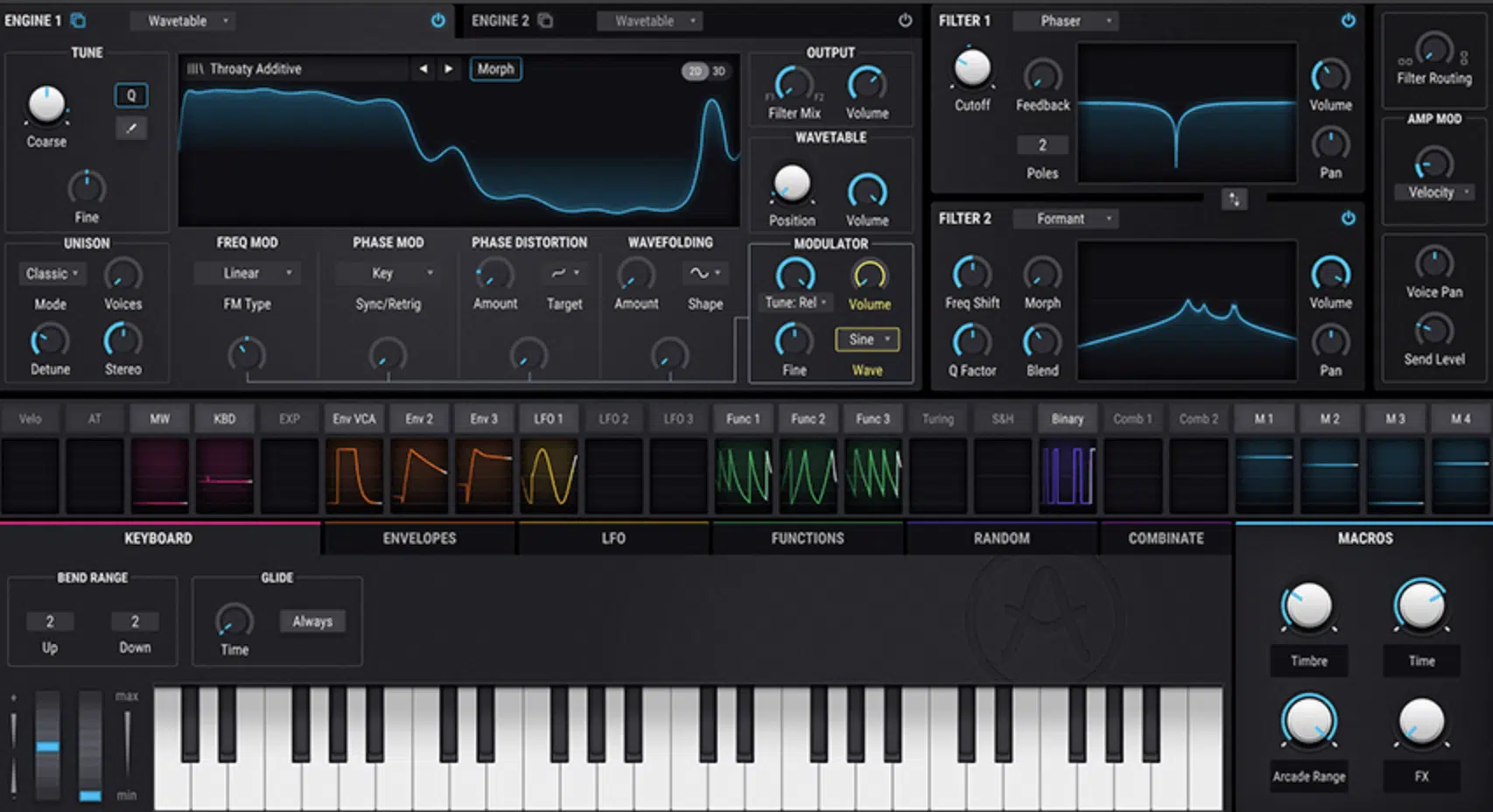
Pigments is a powerhouse wavetable synth that combines wavetable synthesis with other synthesis methods, like:
- Classic analog
- Additive synthesis
- Granular/sample-based synthesis modules
With its intuitive interface and inspiring modulation capabilities, Arturia Pigments is a must-have for any serious sound designer.
Pigments feature an advanced wavetable engine with customizable wavetable position modulation, allowing for harmonic movement and evolving textures.
The synth also includes a vast library of wavetables, as well as the ability to import your own custom wavetables, granting you the freedom to create sounds that are truly unique.
On top of that, it’s Arturia, so you know Pigments is packed with its award-winning analog-modeled effects and filters.
It’s truly a modern synthesis powerhouse with more true analog (hardware synth) emulation magic than you’ll find in any other synth of its kind.
#3. Native Instruments Massive X
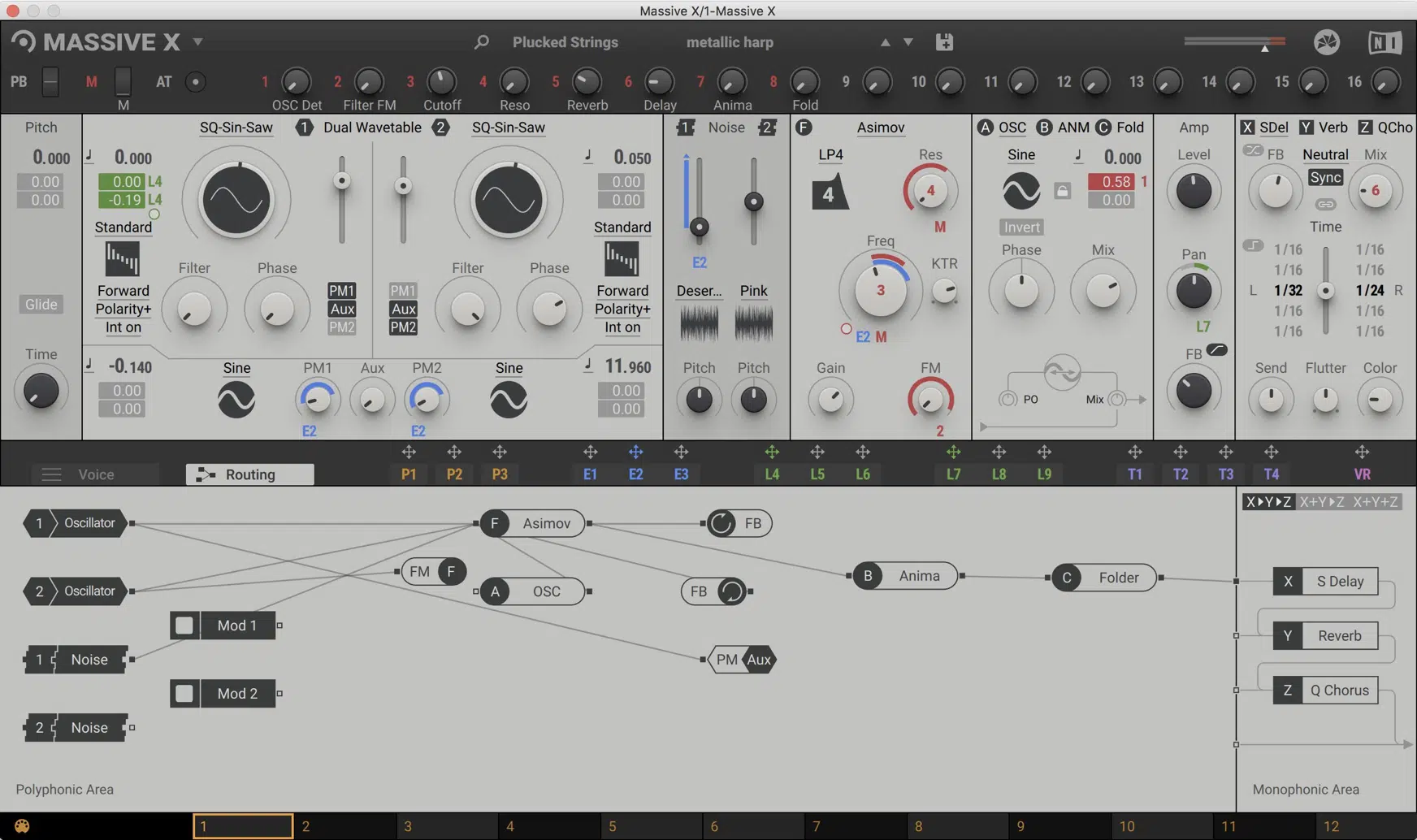
Building on the legacy of the original Massive, Massive X takes wavetable synthesis to new heights.
With its innovative wavetable engine, customizable modulation environment and awe-inspiring presets, Native Instruments Massive X is a force to be reckoned with in the world of wavetable synths.
It comes with a plethora of wavetables and enables users to morph between adjacent waveforms, with its unique morphing options.
This makes creating lush pads and aggressive leads super easy.
Native Instruments Massive X also features a flexible routing system.
Therefore, you can produce complex modulation chains and unlock your full sound design potential in no time.
#4. ANA2 by Slate Digital
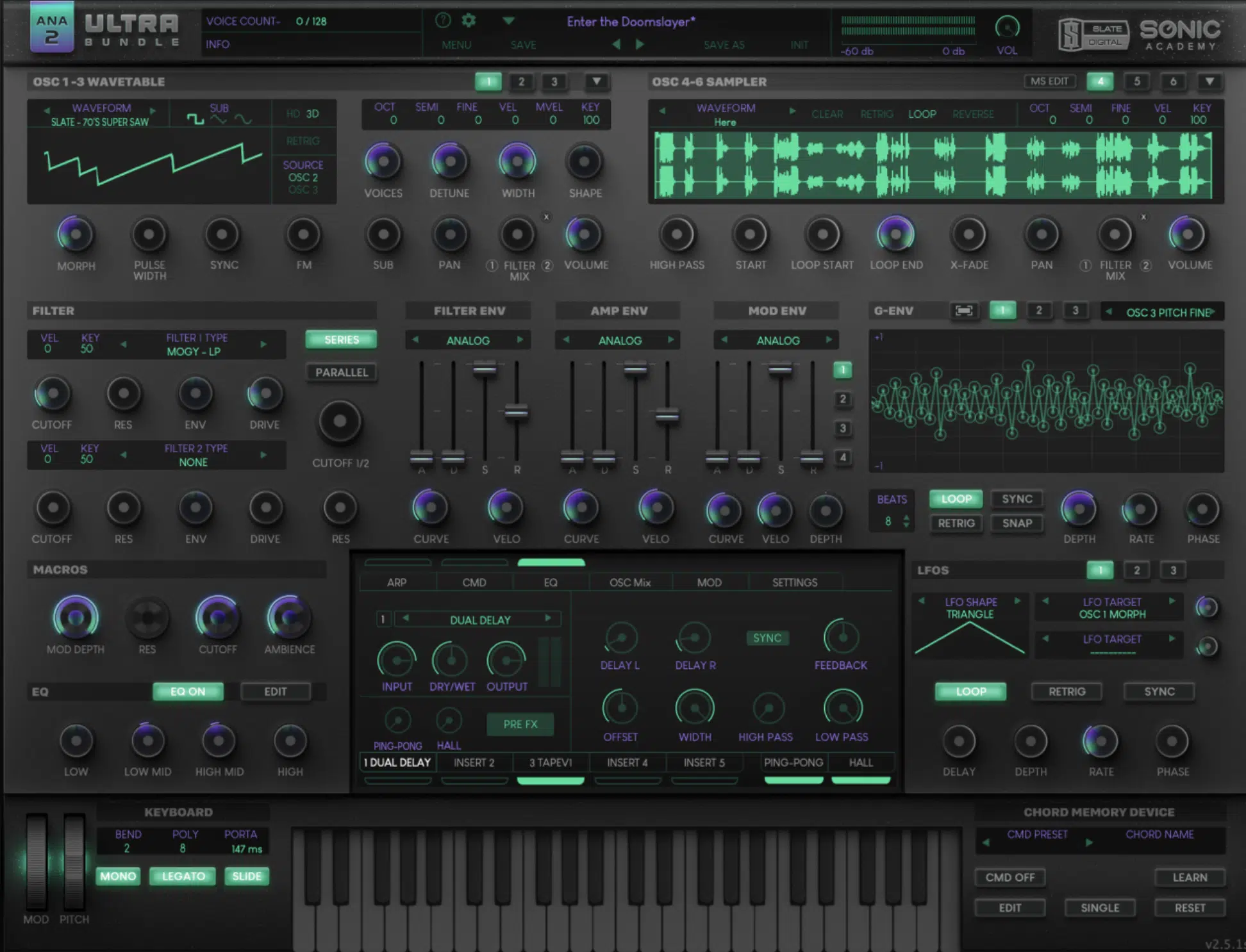
ANA2 is a versatile wavetable synth with a sleek interface and powerful sound design capabilities.
With its unique wavetable editor, customizable modulation matrix, and vast library of wavetables and presets, ANA2 is if you’re looking for a one-stop shop for all your synthesis needs.
ANA2’s 3D wavetable editor allows users to create and manipulate single-cycle waveforms visually, resulting in precise and detailed control over their sounds.
Its comprehensive modulation options, including LFOs, envelopes, and mod matrix, provide a wealth of possibilities for sculpting your sonic creations.
Speaking of synths, if you’re looking for the top VST synths in the game, look no further.
#5. Vital Audio Vital (free)
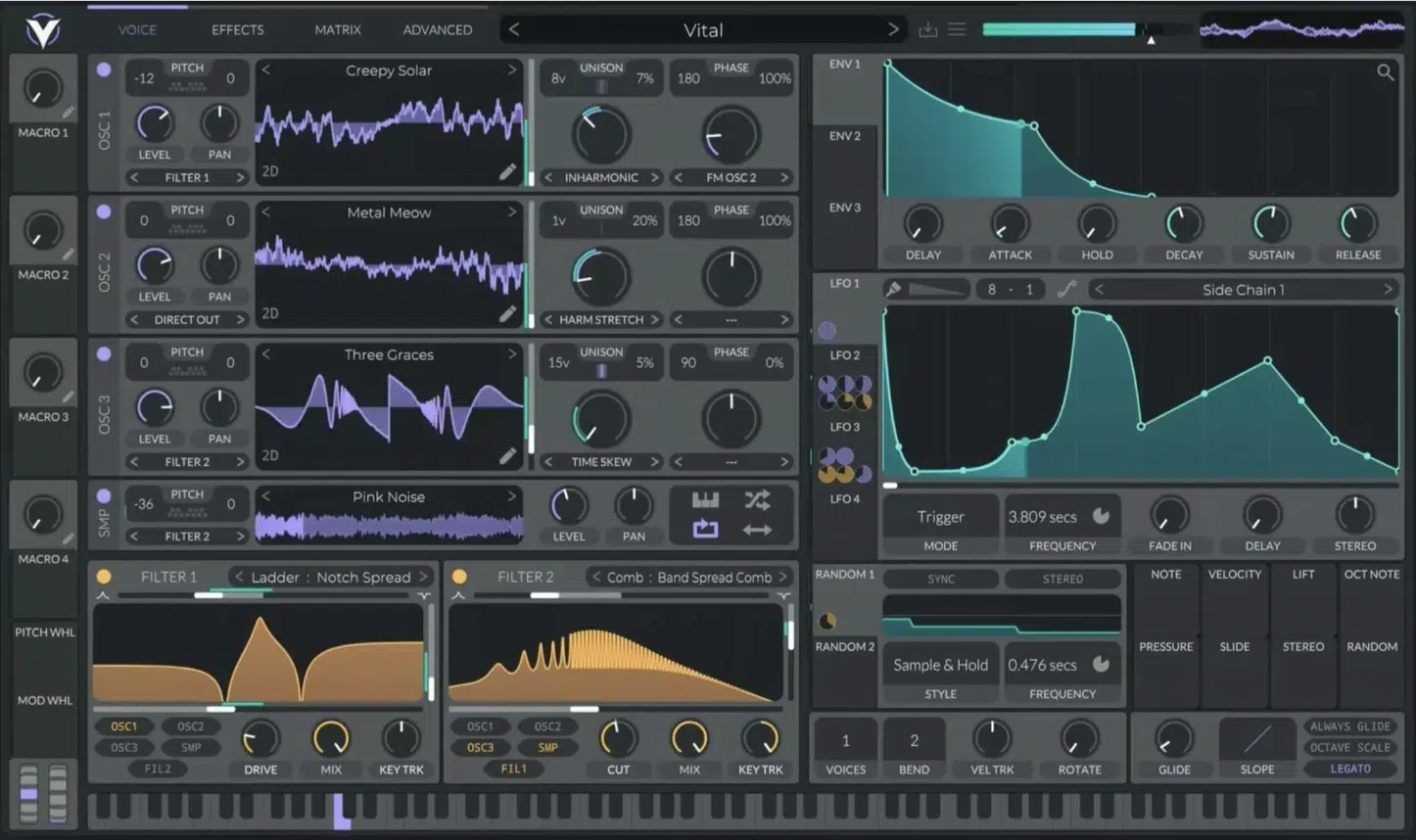
Vital is an incredibly versatile and powerful wavetable synth that comes with the added bonus of being completely free.
It’s sleek interface and comprehensive design capabilities make it an excellent choice for experts as well as those learning how to become a music producer.
Vital features a vast library of wavetables, as well as the ability to import your own audio or single-cycle waveforms.
Plus, it includes some seriously unique wavetable editing options that aren’t found in its paid rivals.
This gives you complete control over your sound design process.
Vital’s advanced modulation options, including custom LFO shapes and envelope curves, allow you to create dynamic and expressive sounds that seriously stand out in your mix.
Since we’re talking about mixing, if you’re searching for the best mixing plugins available today, we’ve got you covered.
Final Thoughts
As we’ve explored throughout this article, wavetable synthesis offers endless possibilities for creating captivating, unique, and innovative sounds that will elevate your music to new heights.
By understanding the history, fundamentals, and advanced techniques of wavetable synthesis, you’ll be well on your way to mastering this incredible synthesis method and creating your own signature sounds.
As well as by experimenting with the 5 best wavetable synths of 2023, of course.
As a bonus, to help you kickstart your journey into the world of acoustic wavetable synthesis, consider checking out the Unison Serum Starter Pack.
This comprehensive pack includes a vast collection of presets and resources specifically designed for Xfer Serum 一 one of the most popular software synths available today.
With the Unison Serum Starter Pack, you’ll have a solid foundation to begin exploring wavetable synthesis and start creating awe-inspiring sounds for your music production projects.
Until next time…







Leave a Reply
You must belogged in to post a comment.